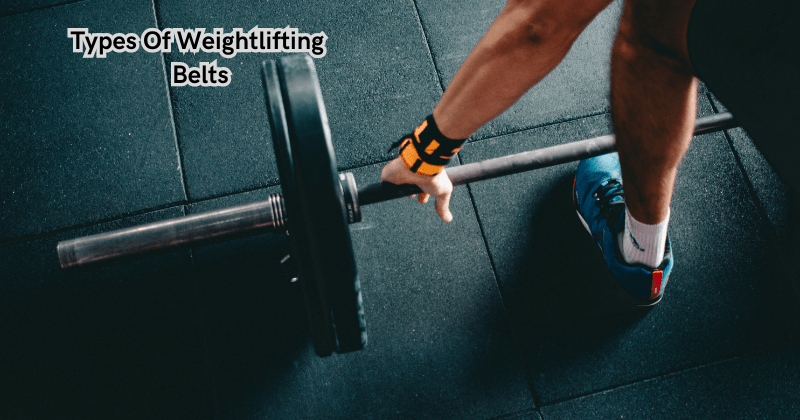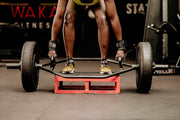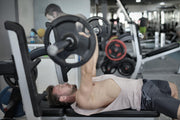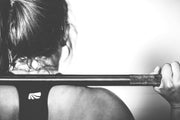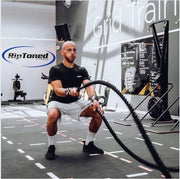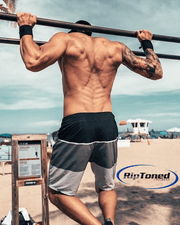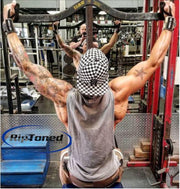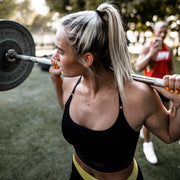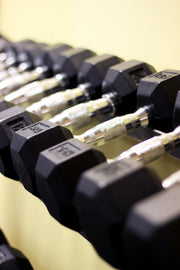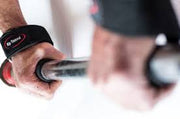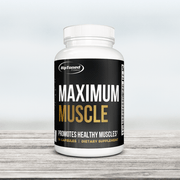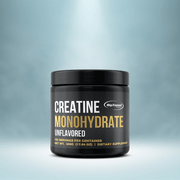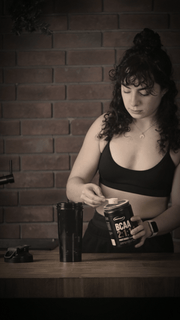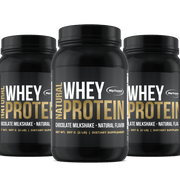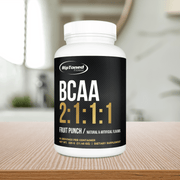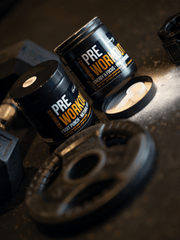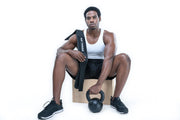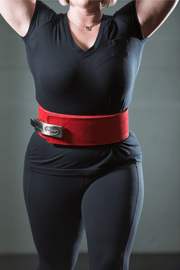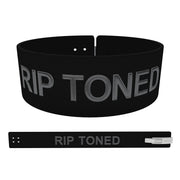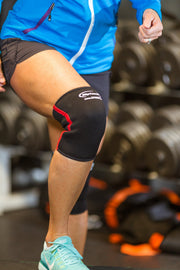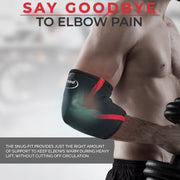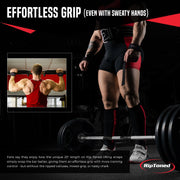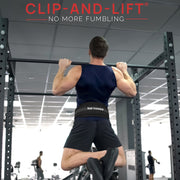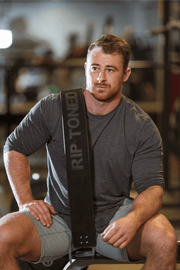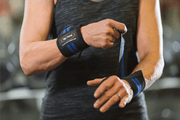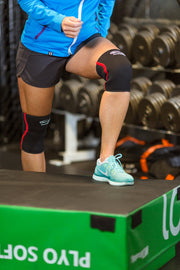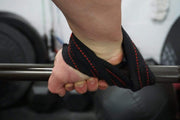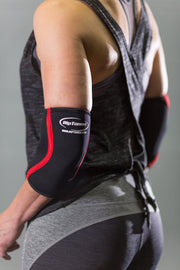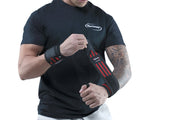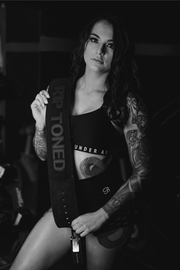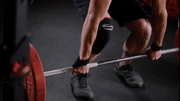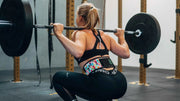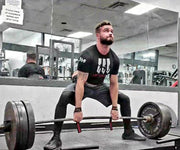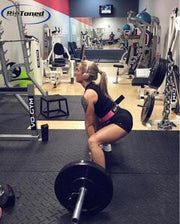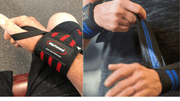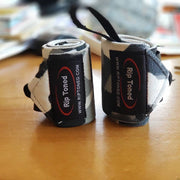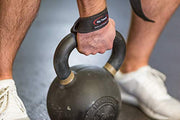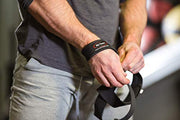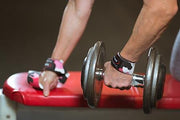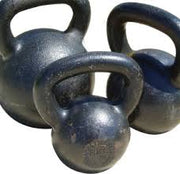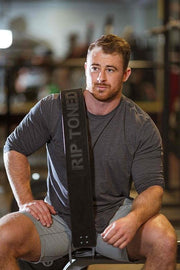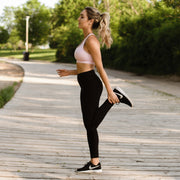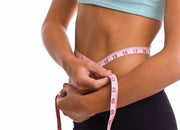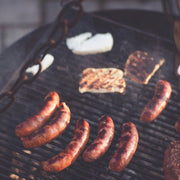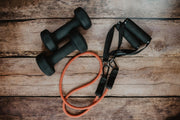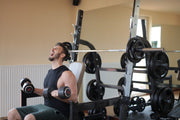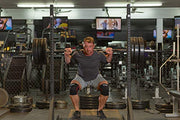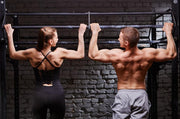Weightlifting is a popular exercise that focuses on building strength and muscle mass through weights. To ensure safety and proper technique, many weightlifters often wear weightlifting belts during their workouts. These belts are designed to provide support to the lower back and core muscles, allowing lifters to handle heavier weights without risking injury.
There are several types of weightlifting belts available on the market, each with its own unique features and benefits. In this article, we will discuss the different types of weightlifting thicker belt and their purposes to help you determine which one is best suited for your needs.
What is a Weightlifting Belt?
Before diving into the different types of weightlifting belts, it's important to understand what they are and how they work. A weightlifting belt is a wide, thickly padded belt that wraps around the waist and buckles in the front.
The main purpose of this belt is to provide support and stability to the lower back and core during heavy lifting. This allows weightlifters to generate more force and lift heavier weights without compromising safety.
There are various materials used to make weightlifting belts, including leather, suede, and nylon. The binding mechanism can also vary from belts with a traditional buckle or a quick-release lever.
Also, some belts may have additional features, such as extra padding or a reinforced back panel for added support. Let's take a closer look at the different types of weightlifting belts and their specific uses.
Top Types of Weightlifting Belts
There are main types of weightlifting belts: powerlifting belts, Olympic weightlifting belts, prong buckle belts, and lever buckle belts. Each type caters to different lifting styles and preferences.
Powerlifting Belts
Powerlifting belts, also known as power belts or strength belts, are the most common type of weightlifting belt used by lifters. These belts are designed to be wider in the back and taper off towards the front, providing maximum support to the lower back and core muscles.
They usually have a thickness of 10mm or 13mm and are made of either leather or suede. The width and stiffness of the belt make it ideal for heavy powerlifting movements such as squats, deadlifts, and bench presses.
Powerlifting belts also come in different sizes to cater to different body types. They are typically secured with a prong buckle or a lever buckle mechanism.
Olympic Weightlifting Belts
Olympic weightlifting belts, also known as weightlifting belts or only belts, are designed specifically for Olympic-style weightlifting movements such as the snatch and clean and jerk. These belts are narrower in the front compared to powerlifting belts, allowing for more flexibility and movement during lifts.
They are typically made of a non-stretch material like leather or nylon to provide support without compromising mobility. The width of these belts can range from 4-6 inches, making them suitable for both men and women.
Olympic leather weightlifting belts also have a quick-release lever mechanism for easy adjustment and removal during training or competition. They are often preferred by serious Olympic lifters who prioritize form and technique over pure strength.
Prong Buckle Belts
Prong buckle belts are the most traditional type of weightlifting belt. They are made of leather and feature a prong buckle for easy adjustability. These belts are usually 10mm in thickness and have the same width throughout.
They are suitable for both powerlifting and Olympic lifting but may not provide as much support as specialized belts. However, they are a more affordable option compared to other types of weightlifting belts.
Lever Buckle Belts
Lever buckle belts are similar to prong buckle belts but have a quick-release lever mechanism for easy adjustment. These belts provide the same level of support as prong buckle belts, but the lever makes it easier to tighten and loosen the belt during workouts.
They are also made of leather and come in various widths to cater to different lifting styles. Lever buckle belts are a popular choice among powerlifters as they provide secure and adjustable support for heavy lifts.
Also, some lever buckle belts have a reinforced back panel for added support and stability during heavy lifting.
Can I Use a Weightlifting Belt?
Weightlifting belts can be beneficial for both novice and experienced lifters, but they should not be seen as a necessity. It's important to build a strong core and proper lifting technique before considering the use of wear lifting belts.
For beginners, it's recommended to start with lighter weights and focus on maintaining proper form and technique rather than relying on a belt for support. As you progress and start lifting heavier weights, a weightlifting belt can provide additional support and stability.
It's also important to note that not all lifts require weightlifting velcro belts. For example, exercises like pull-ups or bicep curls do not put as much strain on the lower back and may not require a belt.
Moreover, it's crucial to choose the right size and type of belt for your body and lifting style. A properly fitted nylon lifting belt should sit just above the hip bones and allow a full range of motion without limiting movement.
Also, break in your belt before using it for heavy lifting. This involves wearing the belt during warm-ups and gradually increasing the weight over several training sessions.
Does a Weightlifting Belt Prevent Injuries?
While a weightlifting belt can provide support and stability during heavy lifts, it's not a guarantee against injuries. Proper technique and form are still the most crucial factors in preventing injuries while lifting weights.
A weightlifting belt may help reduce the risk of lower back injury in some cases, but it should not be relied upon as the sole means of protection. It's also important to listen to your body and not push yourself beyond your limits, even with a belt.
Moreover, wearing a weightlifting belt for every single lift can weaken the core muscles over time. The belt provides external support, which means the core muscles do not have to work as hard to stabilize the spine during lifts.
Therefore, it's recommended to use a weightlifting belt only when lifting heavy weights and not for every exercise. This will allow your core muscles to strengthen and develop properly.
Also, properly maintain and clean your weightlifting belt, especially if it's made of leather. This will help prolong its lifespan and ensure it continues to provide adequate support during training.
Which Belt is Right for Me?
Choosing the right weightlifting belt depends on your lifting style and personal preferences. It's important to consider factors such as width, material, buckle type, and adjustability when selecting a belt.
For powerlifters, a thicker and stiffer belt, like a prong buckle or lever buckle belt, may be more suitable to provide maximum support during heavy lifts. Olympic lifters may prefer a slimmer and more flexible belt like an Olympic weightlifting belt for better mobility and range of motion.
It's also important to consider the material of the belt, as leather may offer more durability and stiffness while materials like nylon or suede may provide more flexibility. The type of buckle can also affect comfort and adjustability, so try on different styles to find what works best for you.
Additionally, if you have any pre-existing injuries or conditions, it's important to consult with a medical professional before using a weightlifting belt and choosing the right one for your needs.
Ultimately, the right weightlifting belt will depend on your specific lifting goals and preferences. It's recommended that some research be done and possibly try out different belts before making a decision. Remember, a weightlifting belt should never be a substitute for proper form and technique but rather an additional tool to aid in your performance and safety during heavy lifts.
Mistakes to Avoid When Using a Weightlifting Belt
Using a weightlifting belt can be beneficial, but it's important to avoid certain mistakes that can render the belt ineffective or even cause harm.
Here are some common mistakes to avoid when using a weightlifting belt:
- Wearing the weight belts too tight: A weightlifting belt should be snug but not so tight that it restricts your breathing or causes discomfort. This can hinder your performance and put unnecessary strain on your body.
- Using the belt for every exercise: As mentioned before, relying on a weightlifting belt for every single lift can weaken your core muscles and limit their development. Reserve the use of a belt for heavy lifts only.
- Not breaking in the lifting belts: A stiff, new weightlifting belt can be uncomfortable and restrict movement. Break it in gradually before using it for heavy lifting sessions.
- Wearing the belt too high or low: A weightlifting belt should sit just above the hip bones, not on top of them or too high up near the ribs. An improperly positioned belt can cause discomfort and limit its effectiveness.
- Neglecting proper form and technique: As mentioned earlier, a weightlifting belt is not a substitute for proper form and technique. It's important to continue focusing on these fundamentals, even with the use of a belt.
By avoiding these mistakes and using a weightlifting belt correctly, you can reap its benefits and reduce the risk of injuries during heavy lifting. Remember to also consult with a professional trainer or coach for guidance on incorporating a weightlifting belt into your training routine.
FAQs
How do I determine the right lifting belt size for my waist measurement?
To find the right lifting belt size, you should measure your waist at the area where the belt will be worn, typically around the navel. Compare this waist measurement with the sizing chart provided by the belt manufacturer. For accuracy, measure over your gym clothes. This step is crucial in both leather belts and nylon belts to ensure a snug, supportive fit.
What's the difference between a leather belt and a nylon belt for weightlifting?
Leather belts, including lever belts, are generally more rigid and offer greater support, making them ideal for heavy powerlifting. Nylon belts are more flexible and comfortable, suitable for Olympic weightlifting, bodybuilding, and general fitness. The choice between a leather belt and a nylon belt depends on the type of lifting you do and your personal preference for belt thickness and flexibility.
Should I choose a lever belt or a traditional buckle-weight belt?
Lever belts offer the convenience of quick release and tightening, which is beneficial during workouts that require varying degrees of support. Traditional buckle belts, on the other hand, provide a more customizable fit as you can adjust them to the exact tightness needed. Both lever belts and wider belts with traditional buckles can be found in leather and nylon options. Your choice should align with your lifting style and comfort preference.
How does belt thickness impact my lifting, and what thickness should I choose?
Belt thickness contributes to the support and rigidity the weight-lifting belt provides. Thicker belts, such as 10mm or 13mm, offer maximum support suitable for powerlifting. A thinner, more flexible belt around 6.5mm is better suited for Olympic weightlifting, bodybuilding, and general gym use. When choosing the thickness of your weightlifting belt, consider your lifting discipline and the balance between support and flexibility that you need to perform optimally.
Conclusion
In conclusion, a weightlifting belt can be a valuable tool for providing support and stability during heavy lifts. However, it should not be relied upon as the sole means of injury prevention, and proper form and technique should always be prioritized.
When selecting a weightlifting belt, consider factors such as width, material, buckle type, and adjustability to find the right one for your needs. It's important to also avoid common mistakes such as wearing the belt too tight or using it for every exercise.
Remember to break in your weightlifting belt before using it for heavy lifting and maintain it properly for optimal performance and longevity. And most importantly, always listen to your body and do not push yourself beyond your limits, even when wearing a belt.

